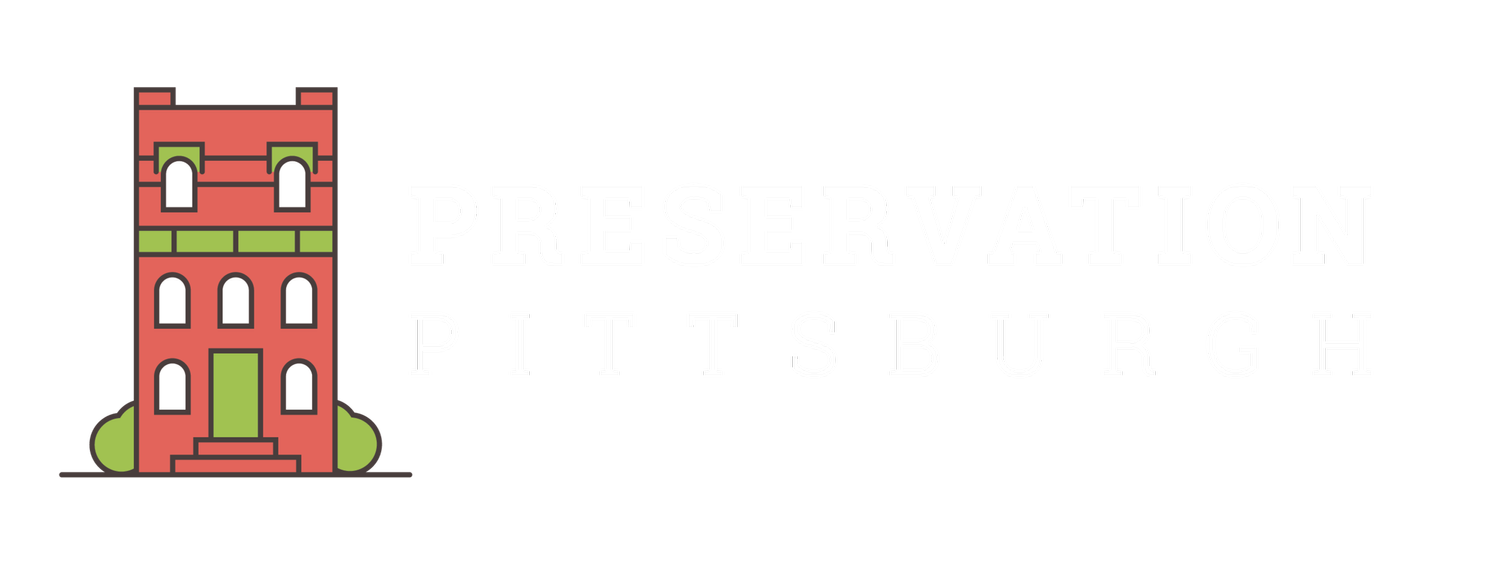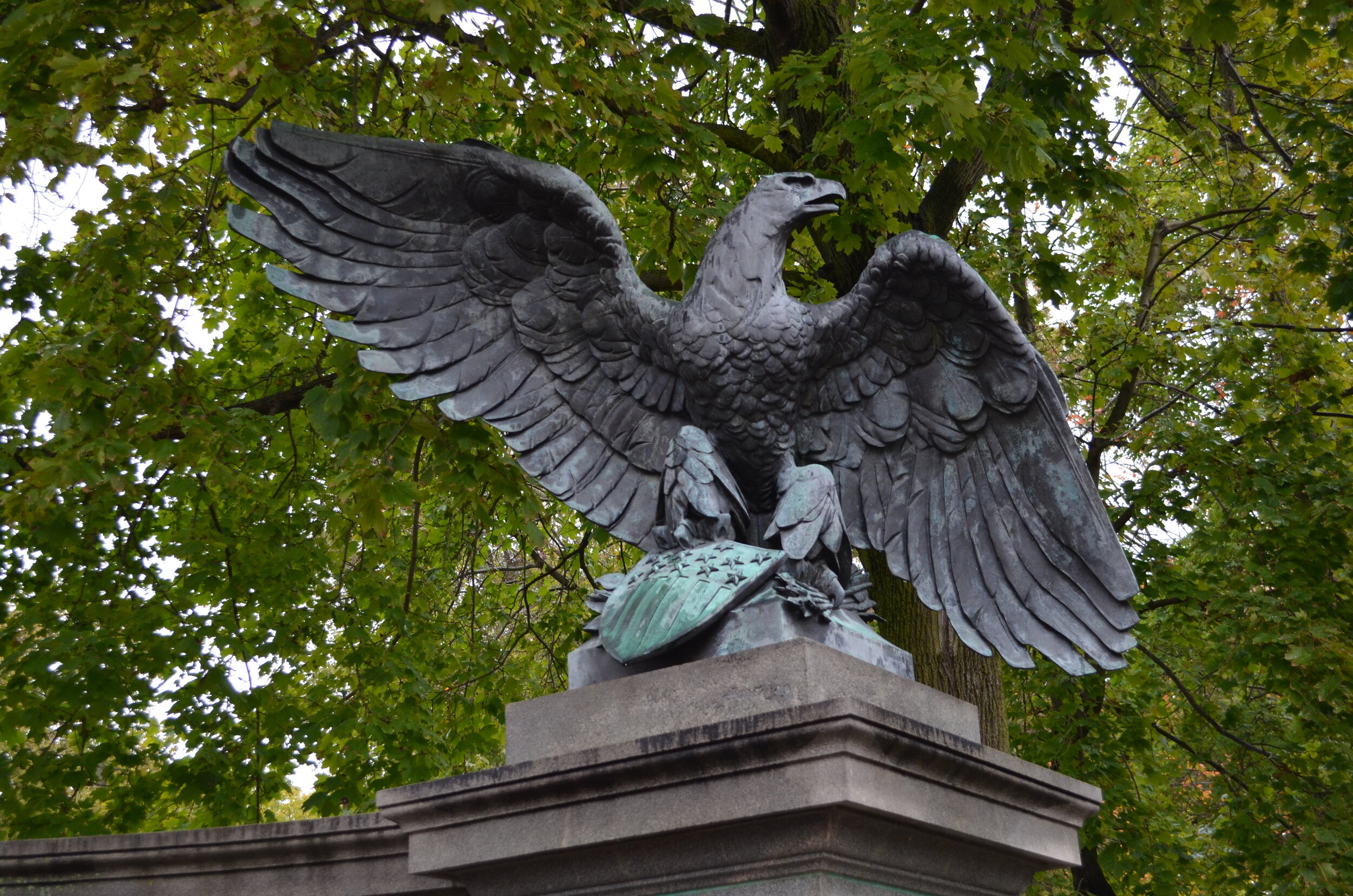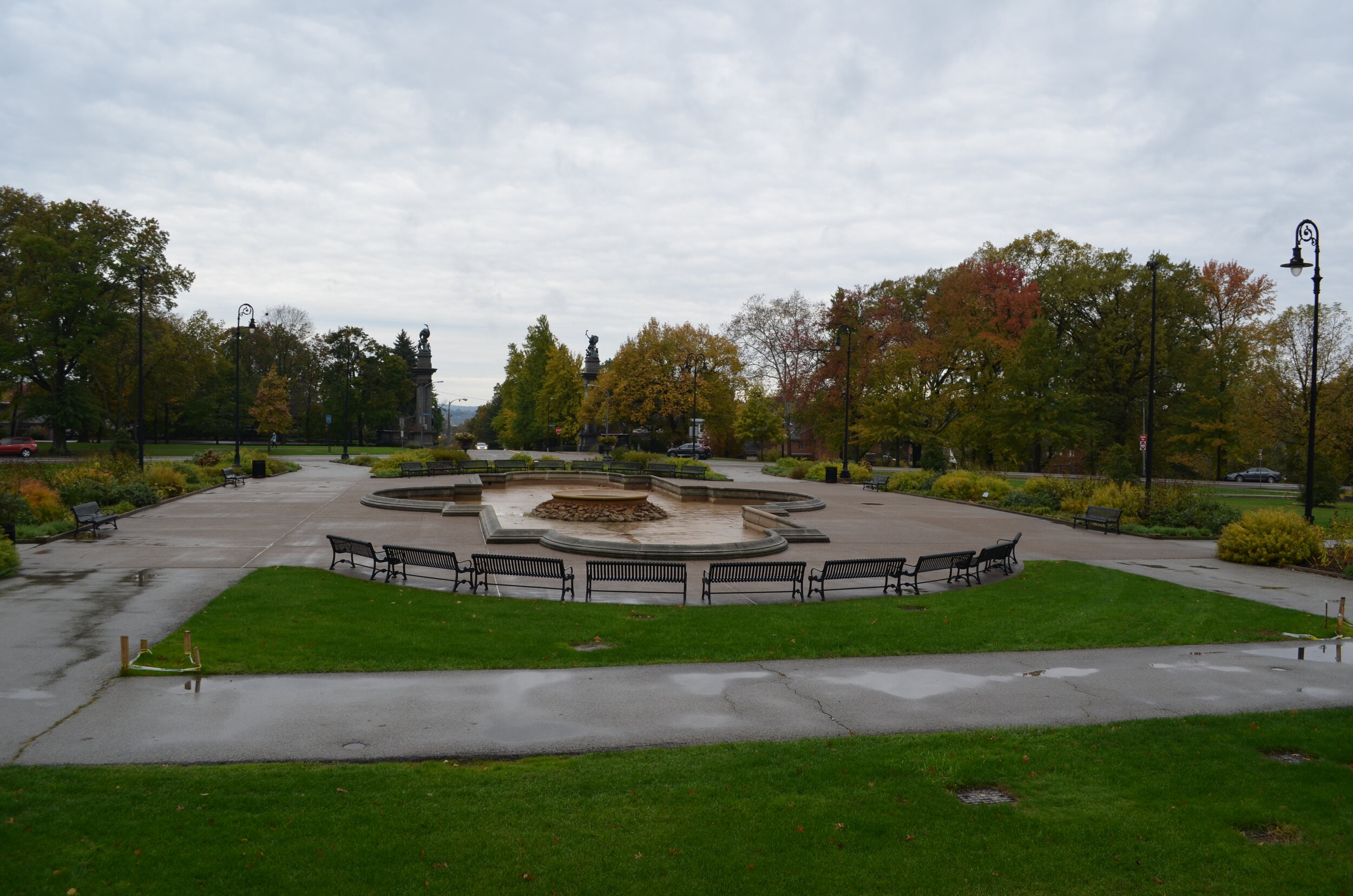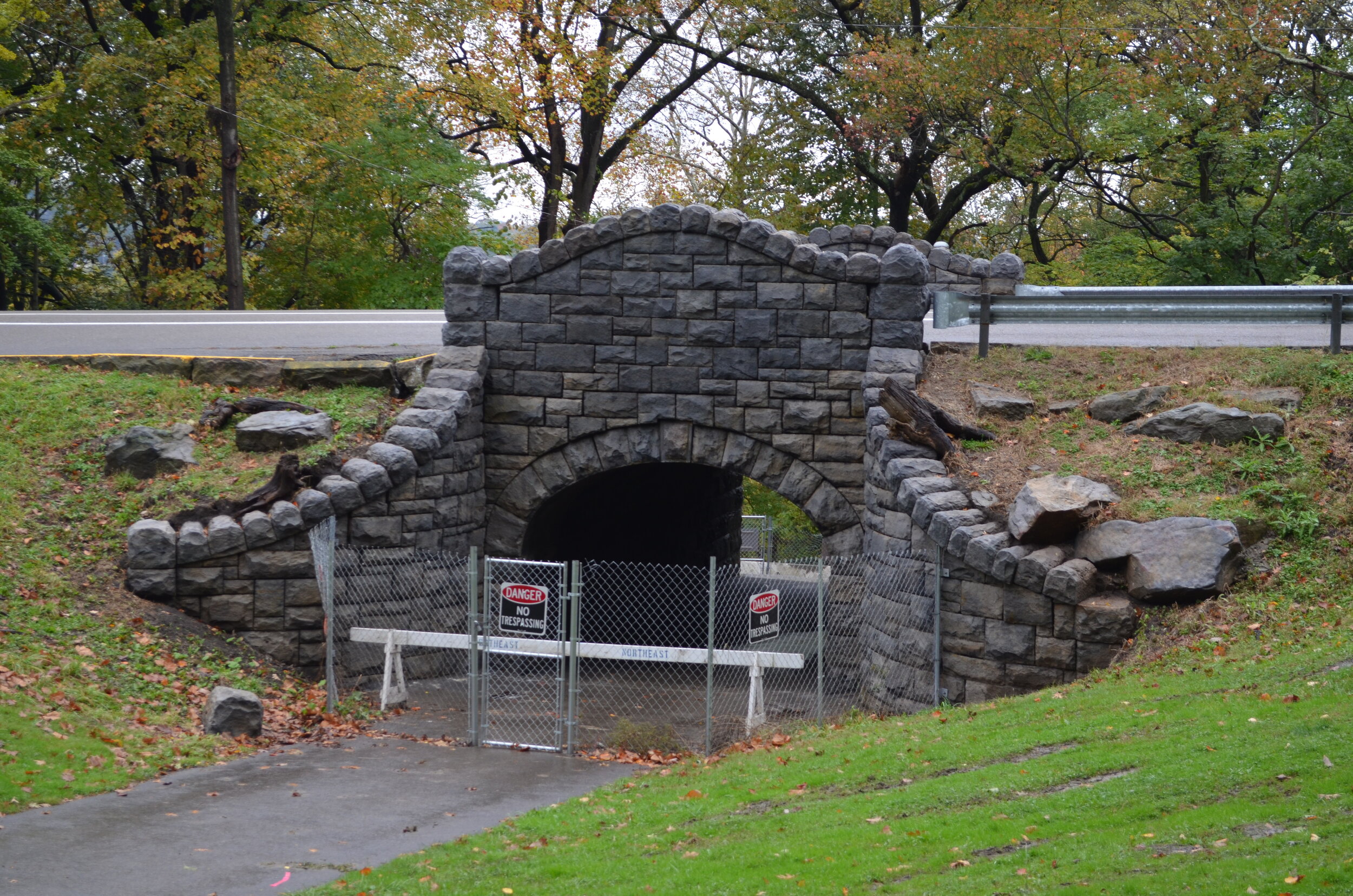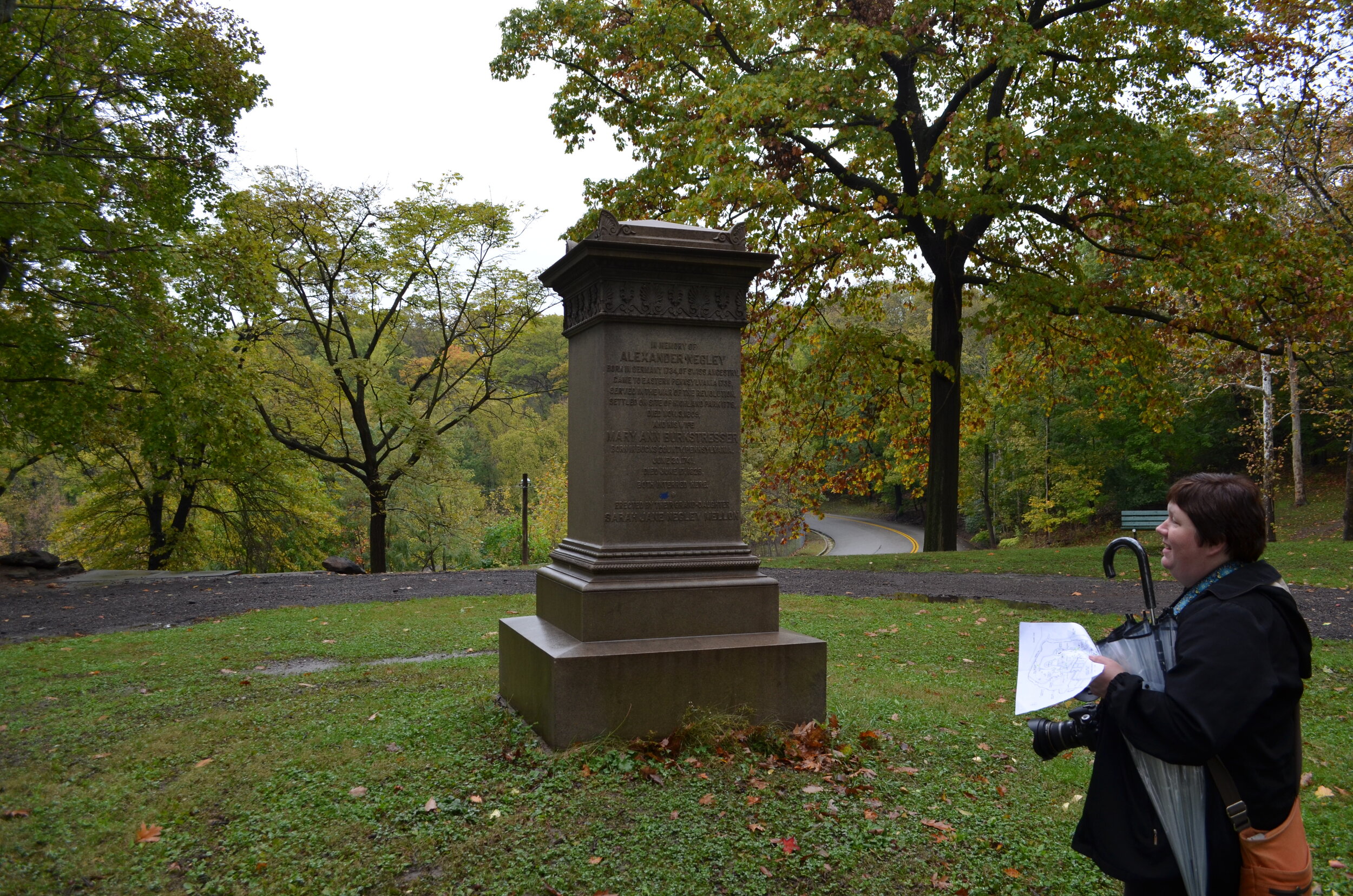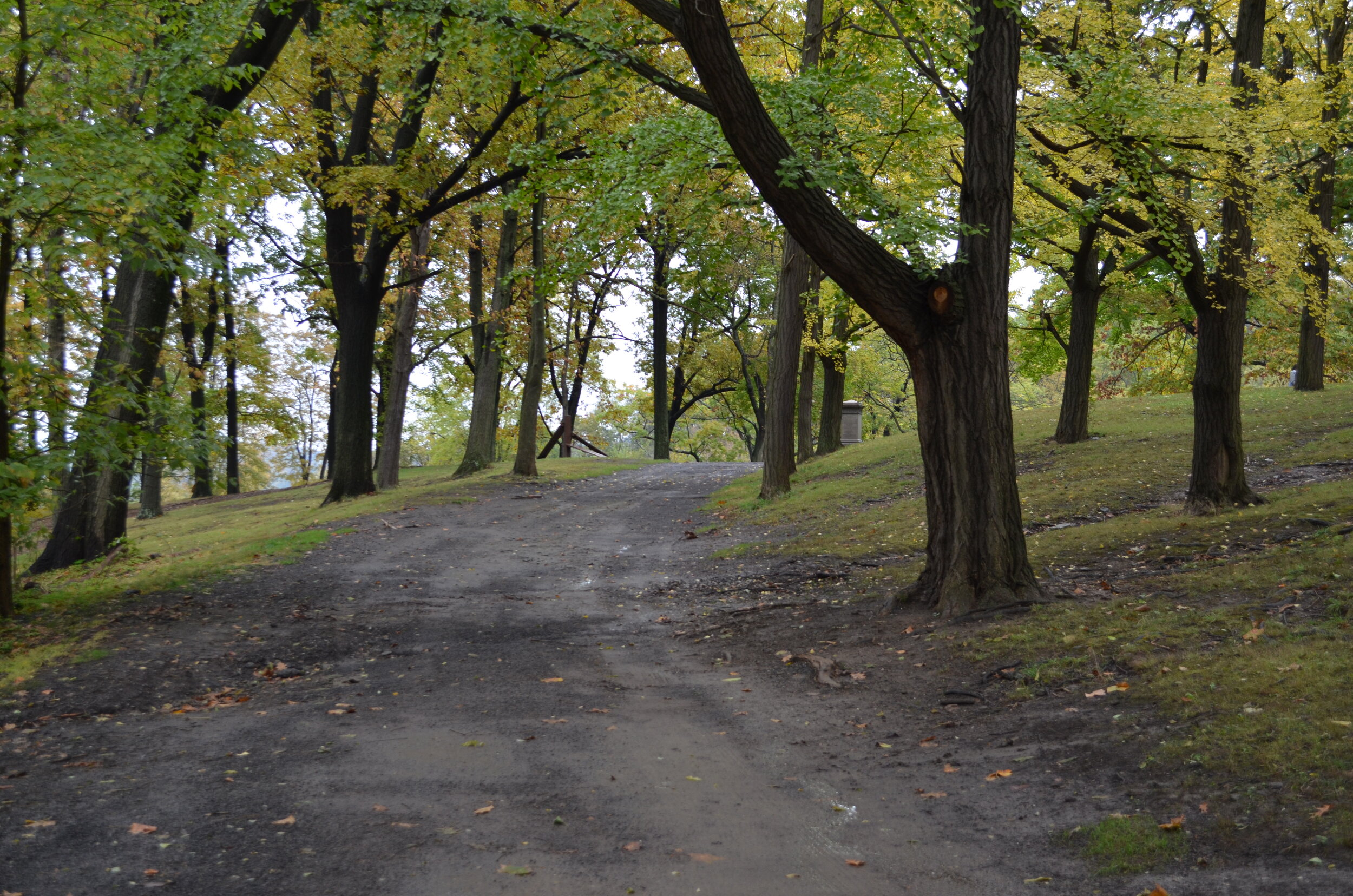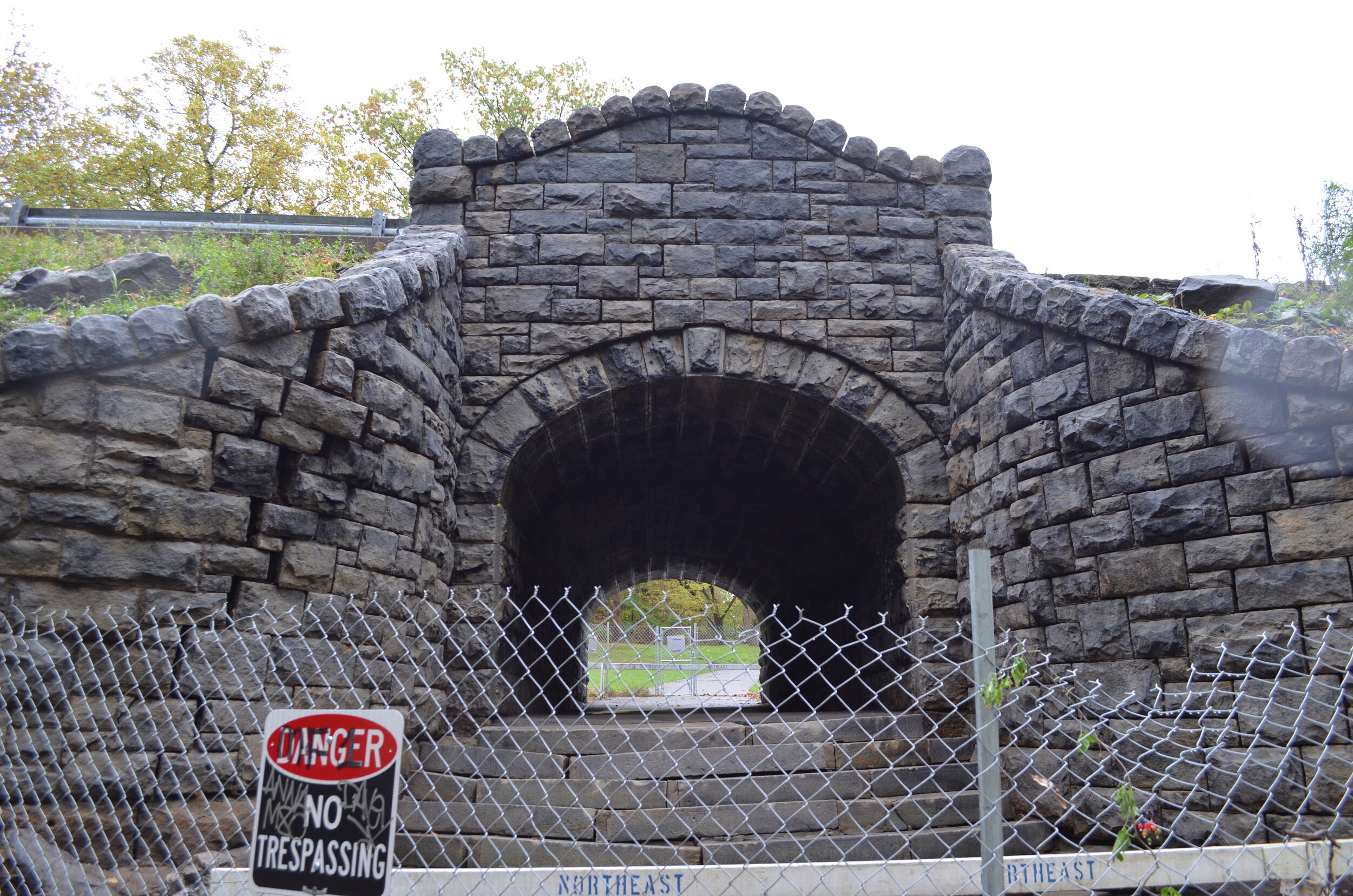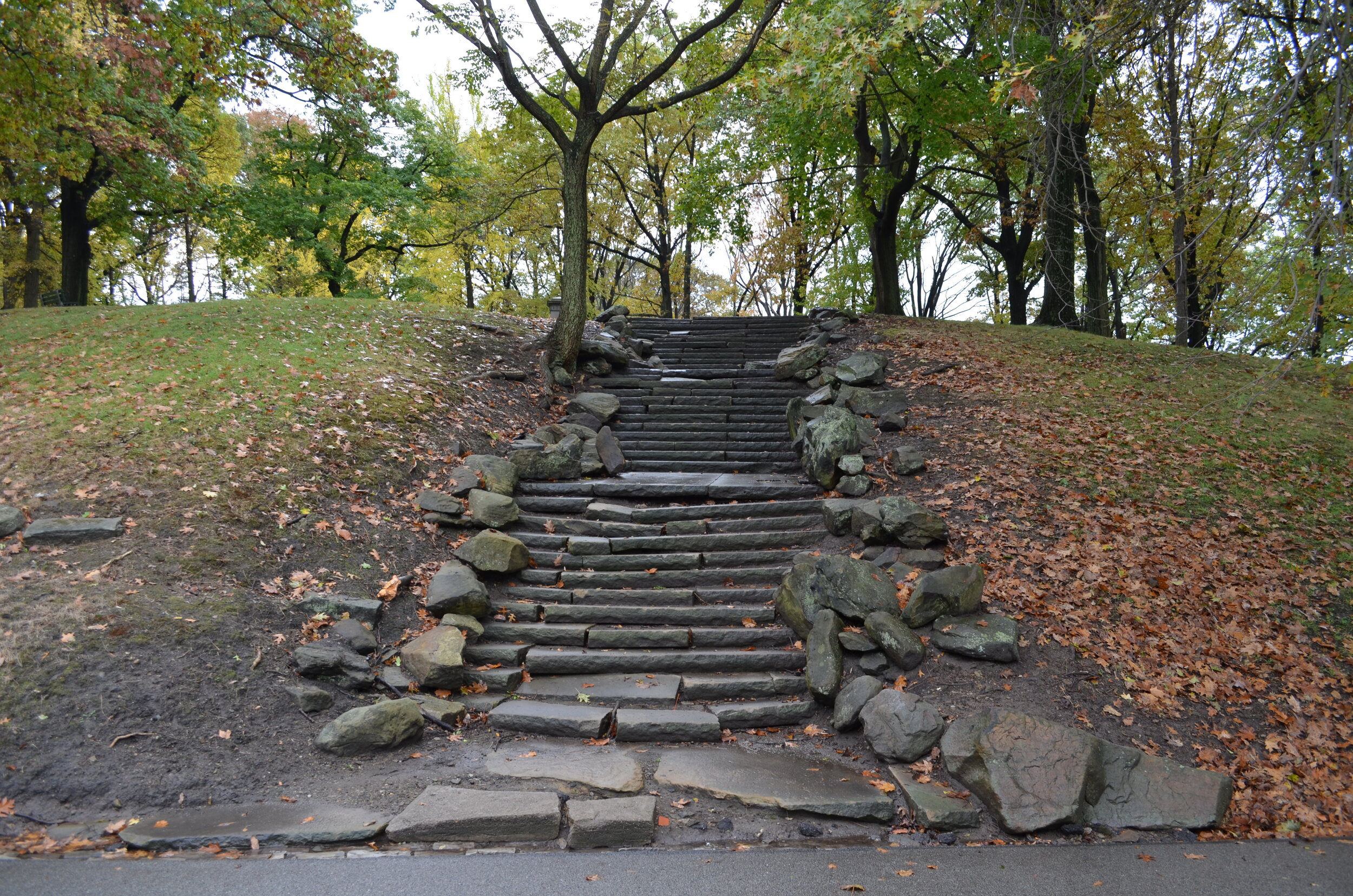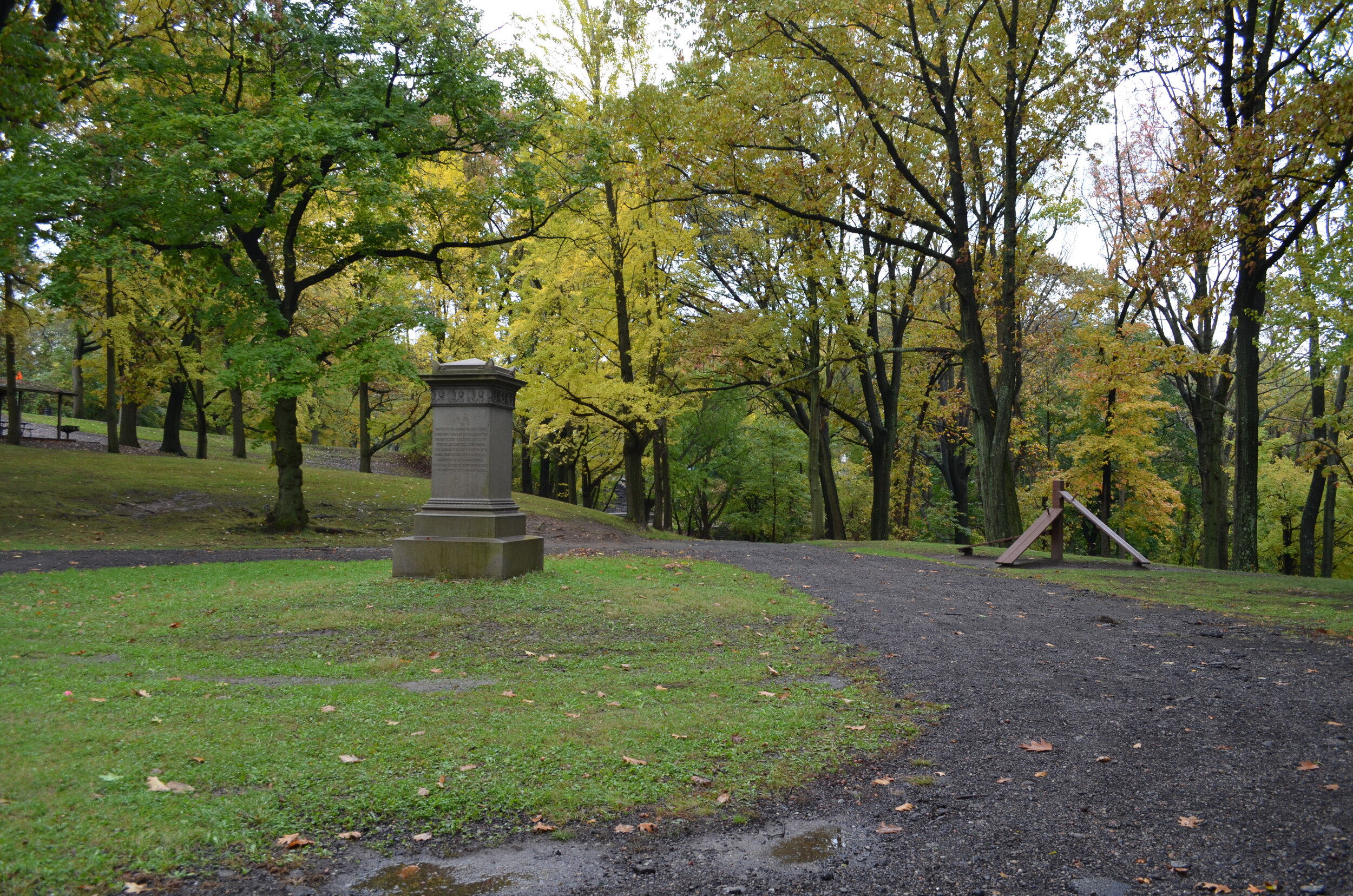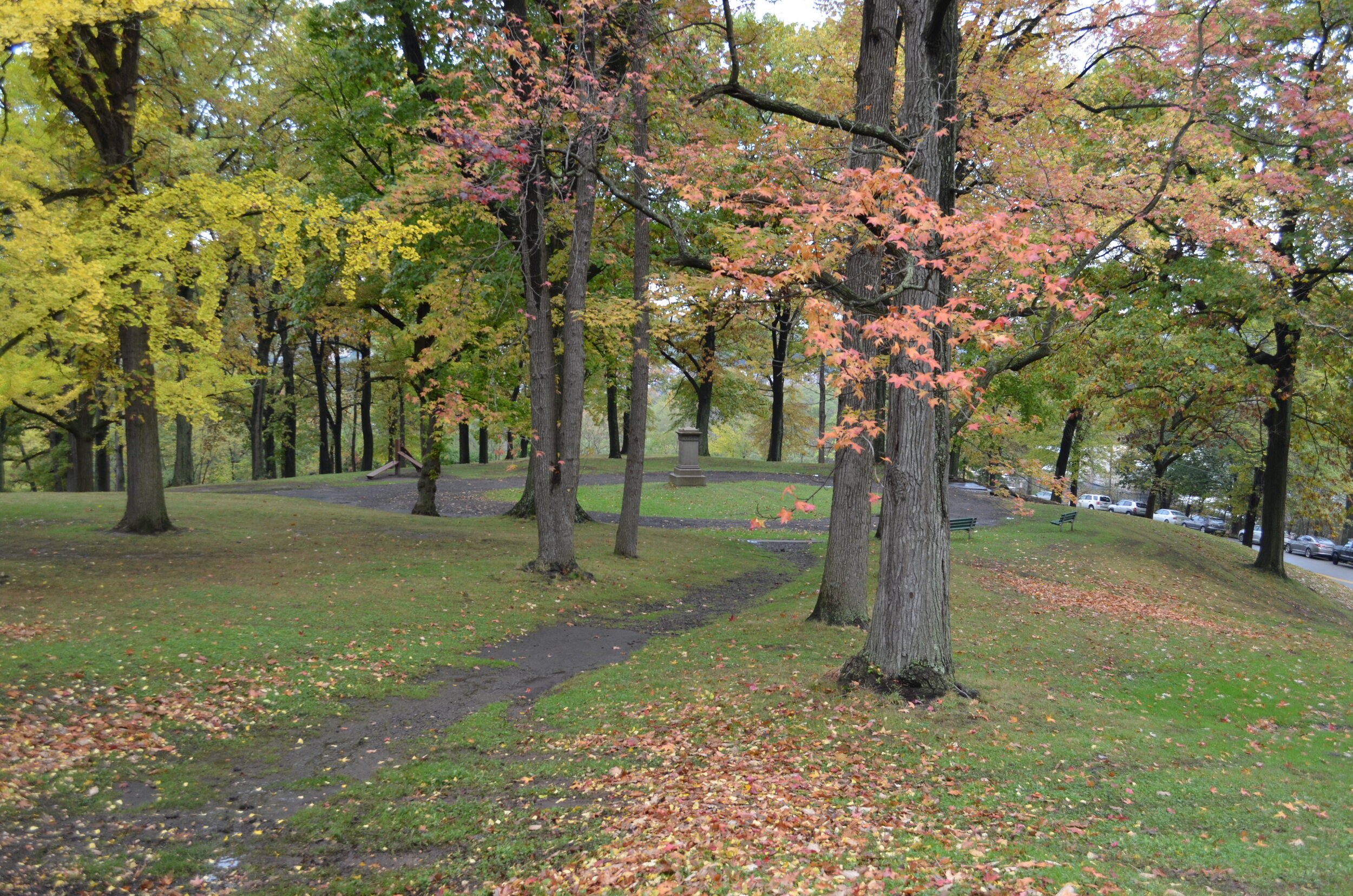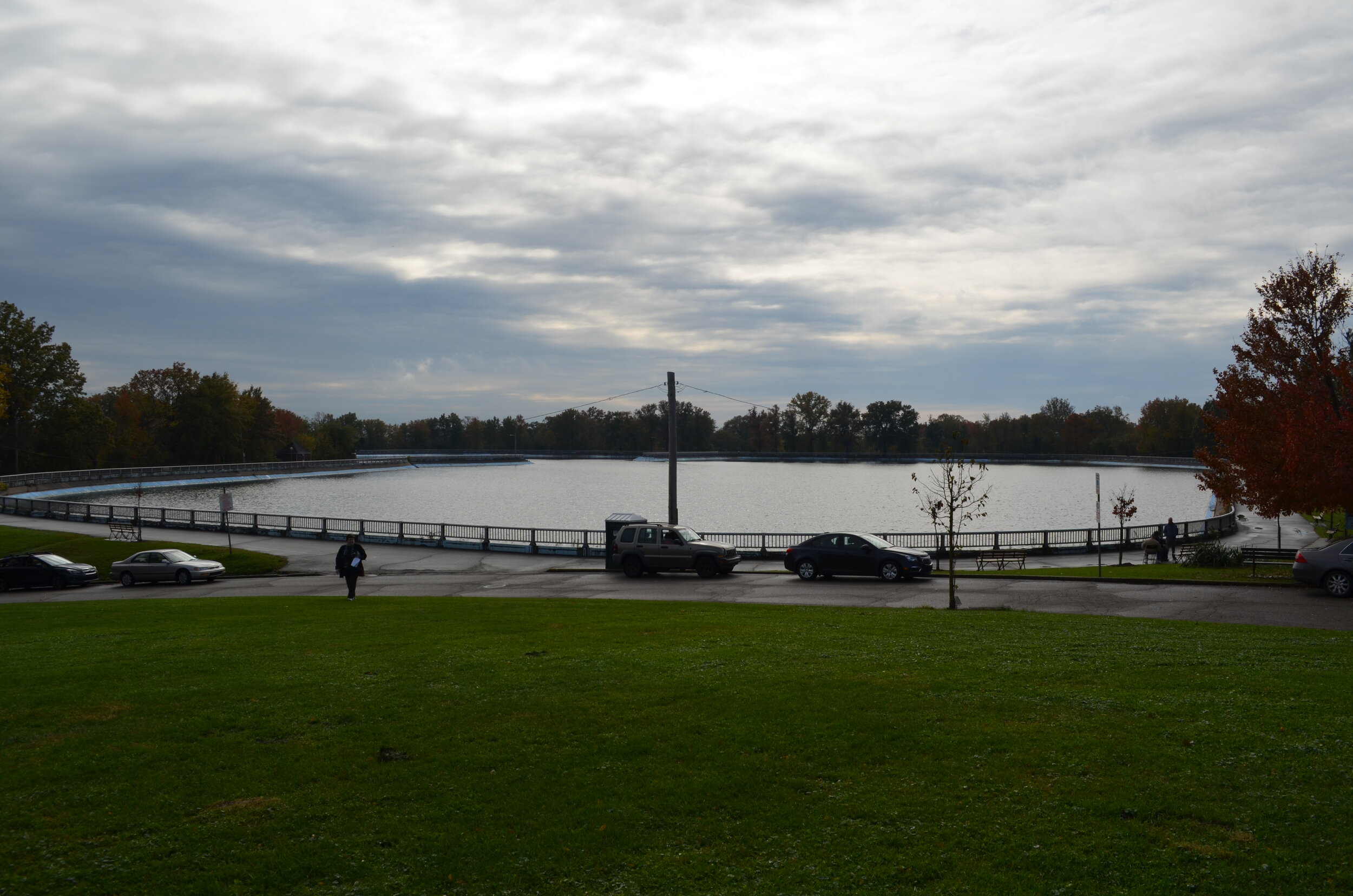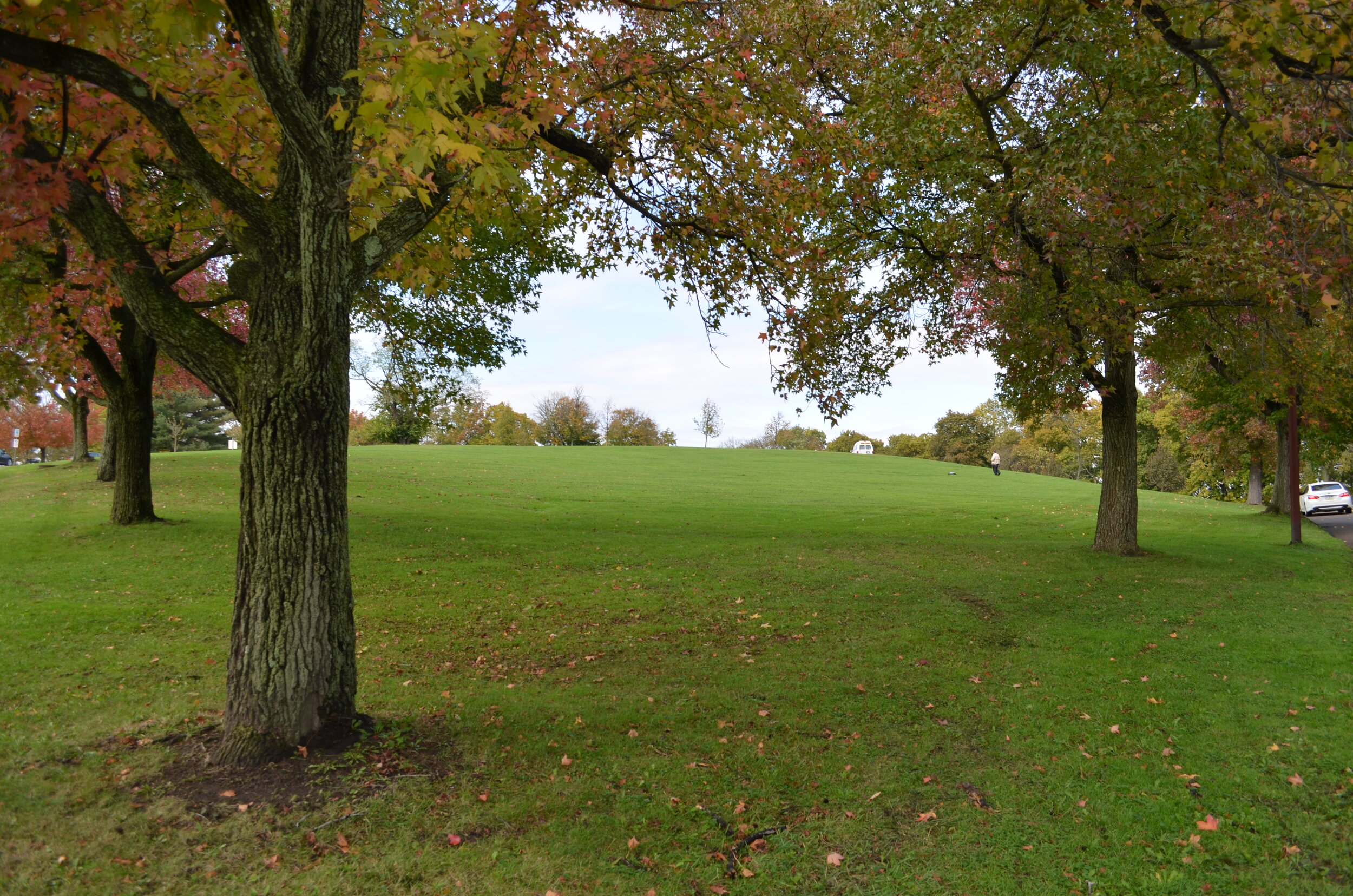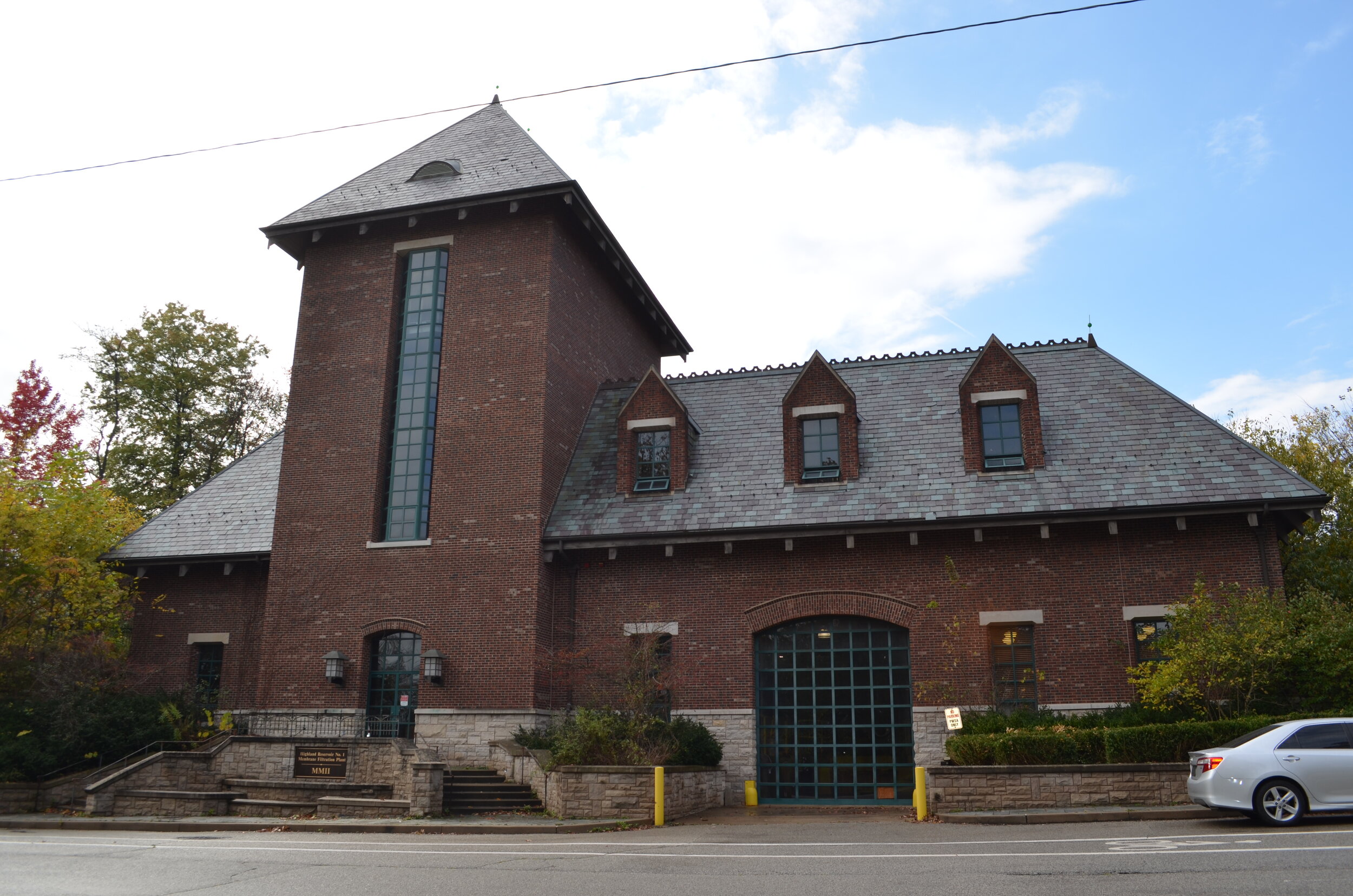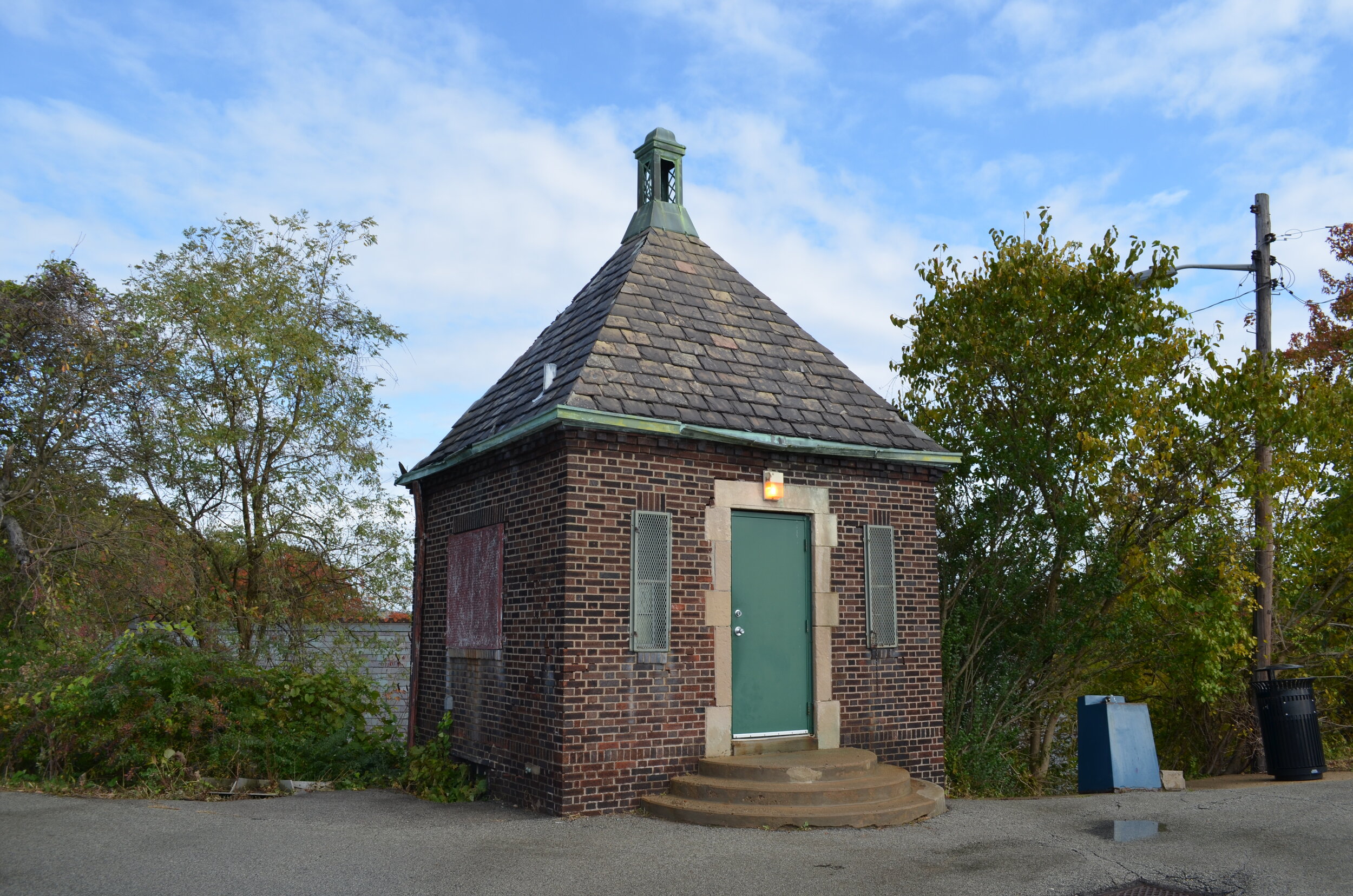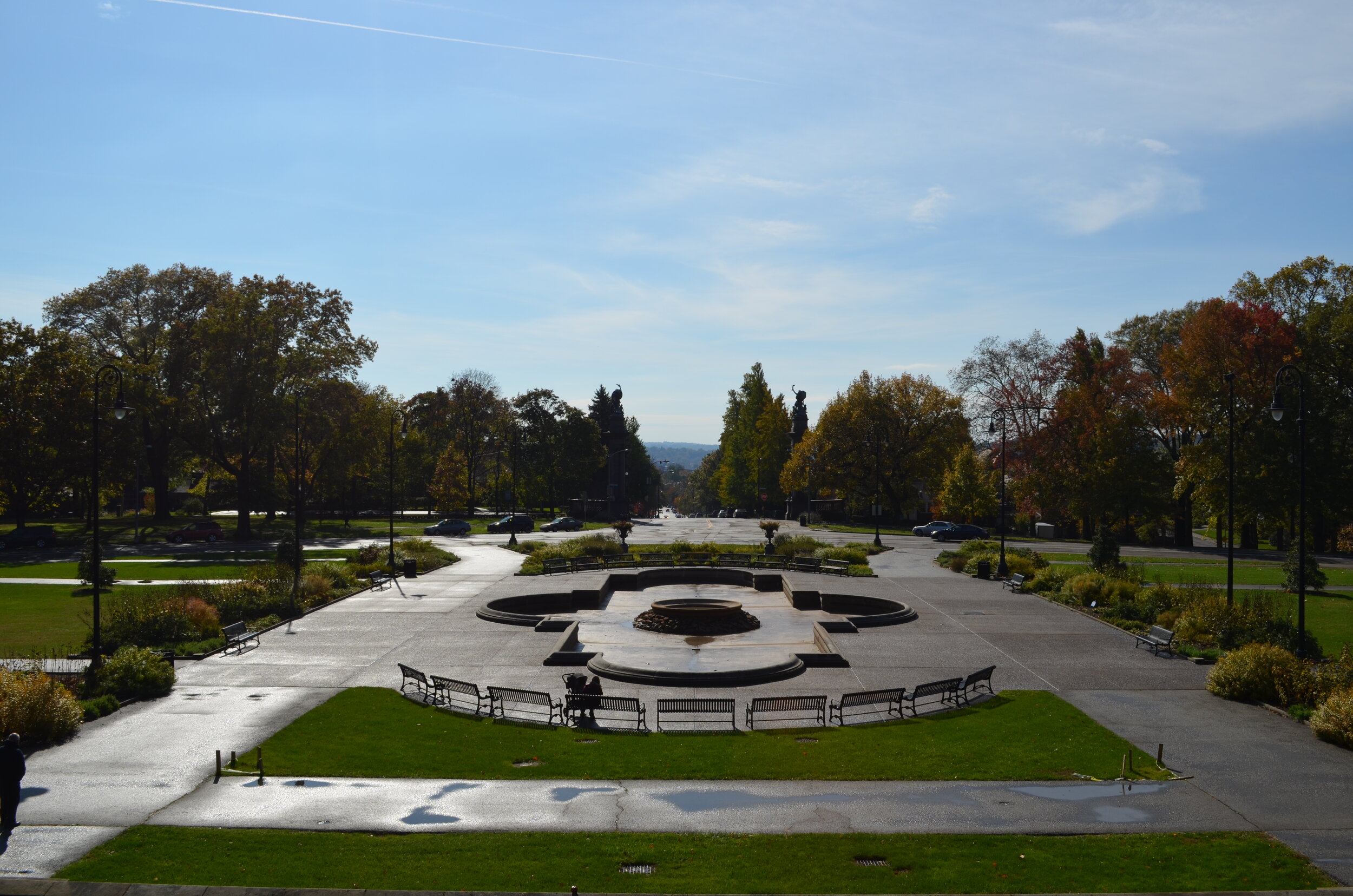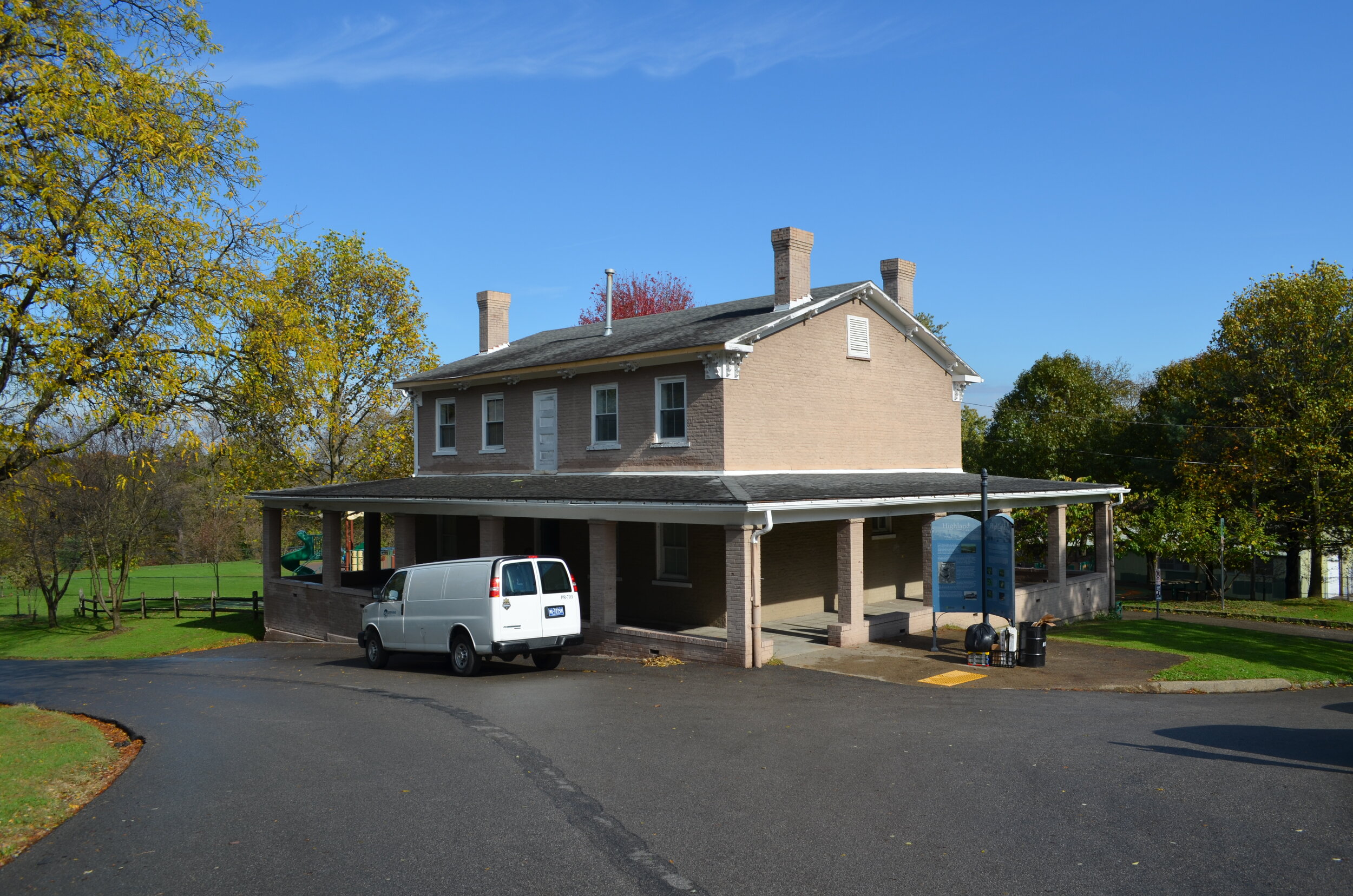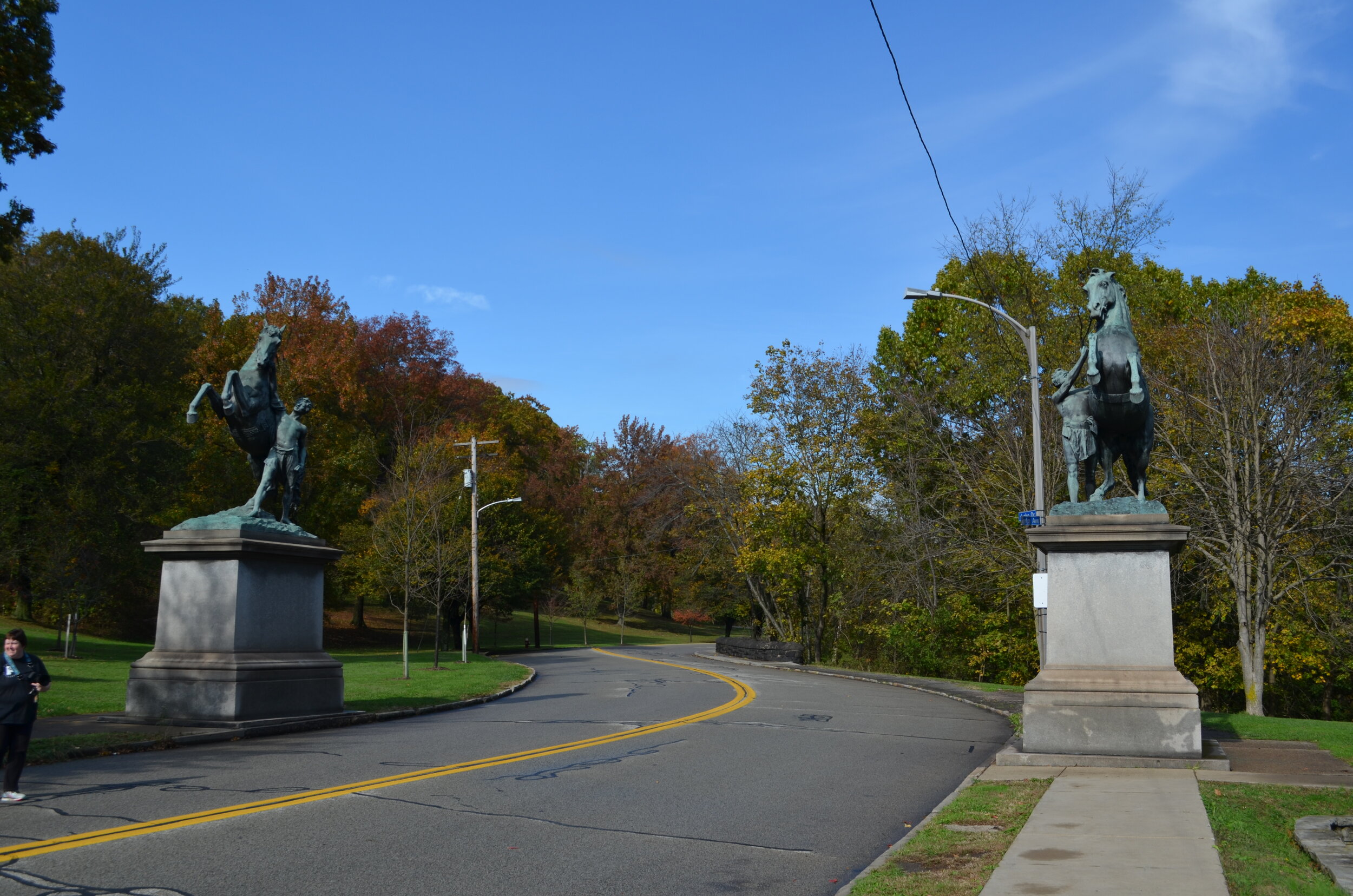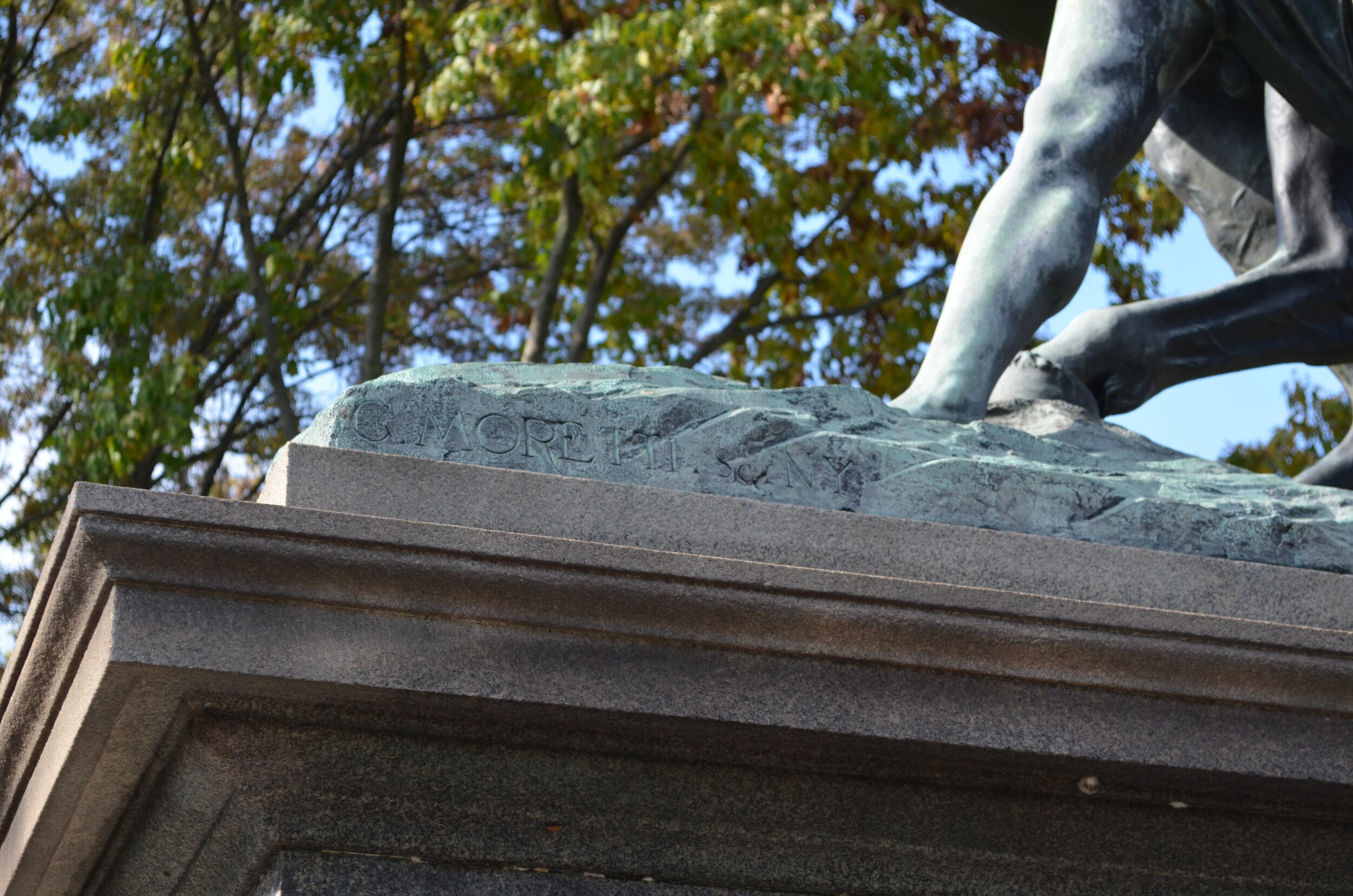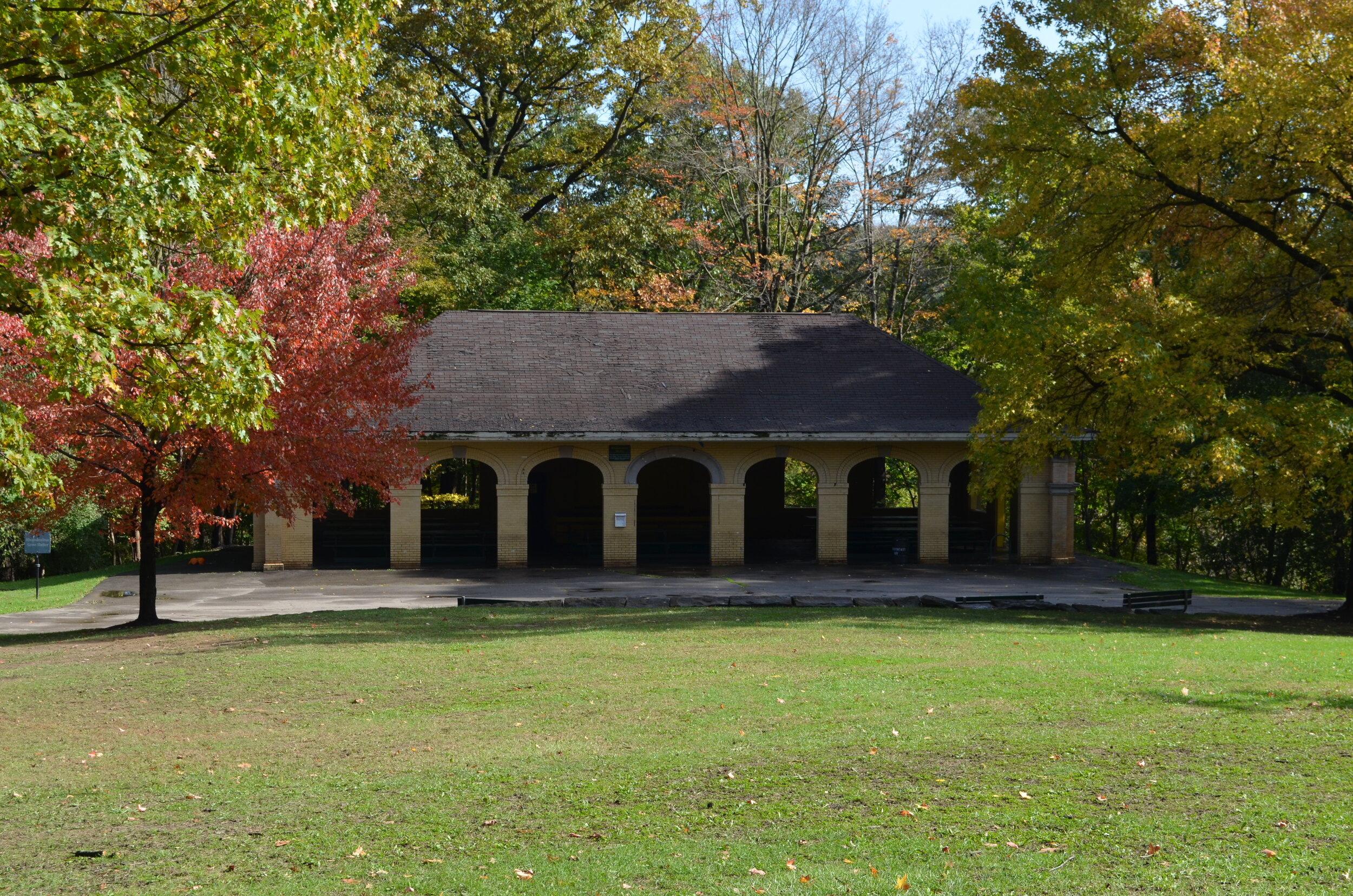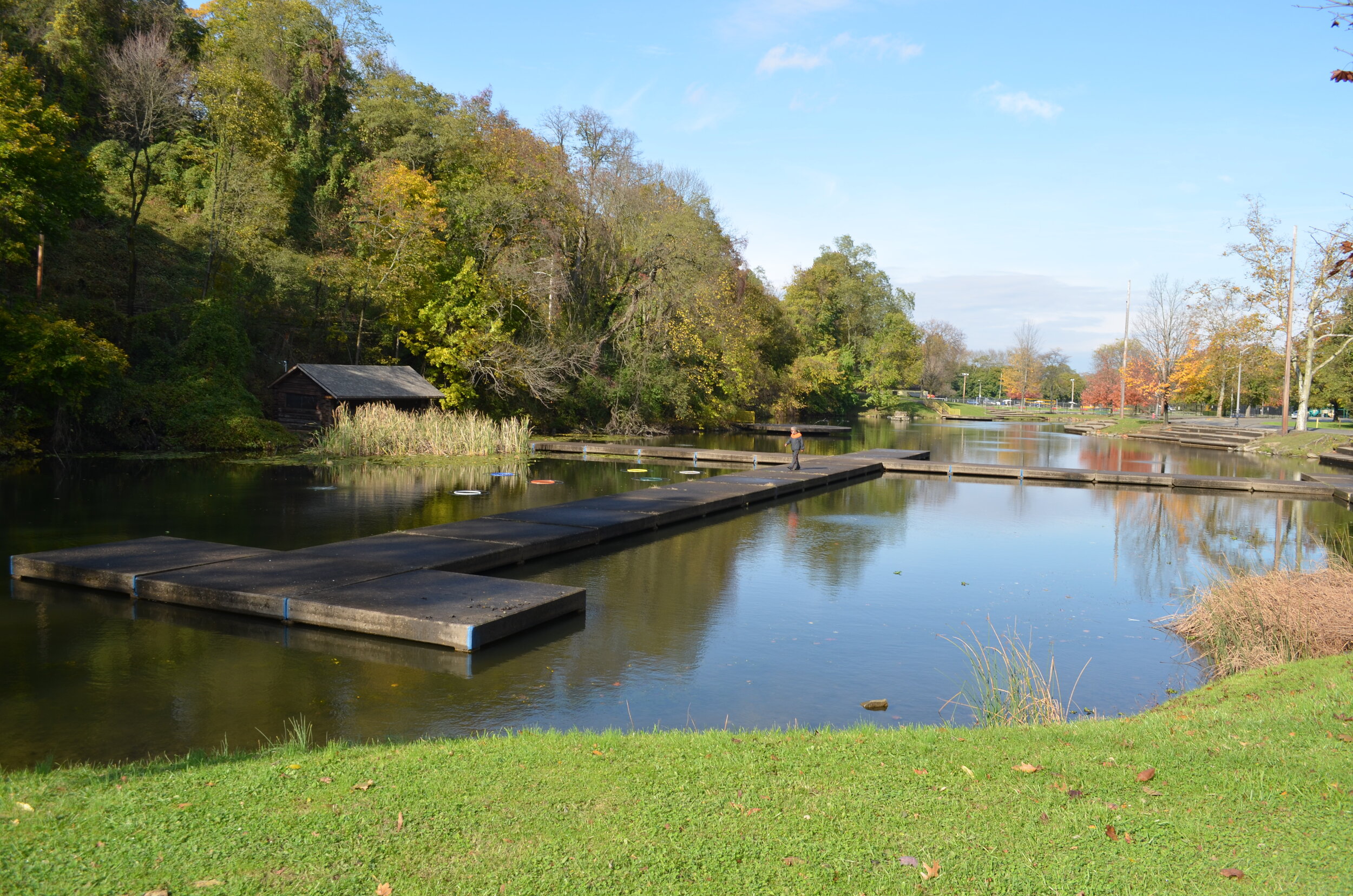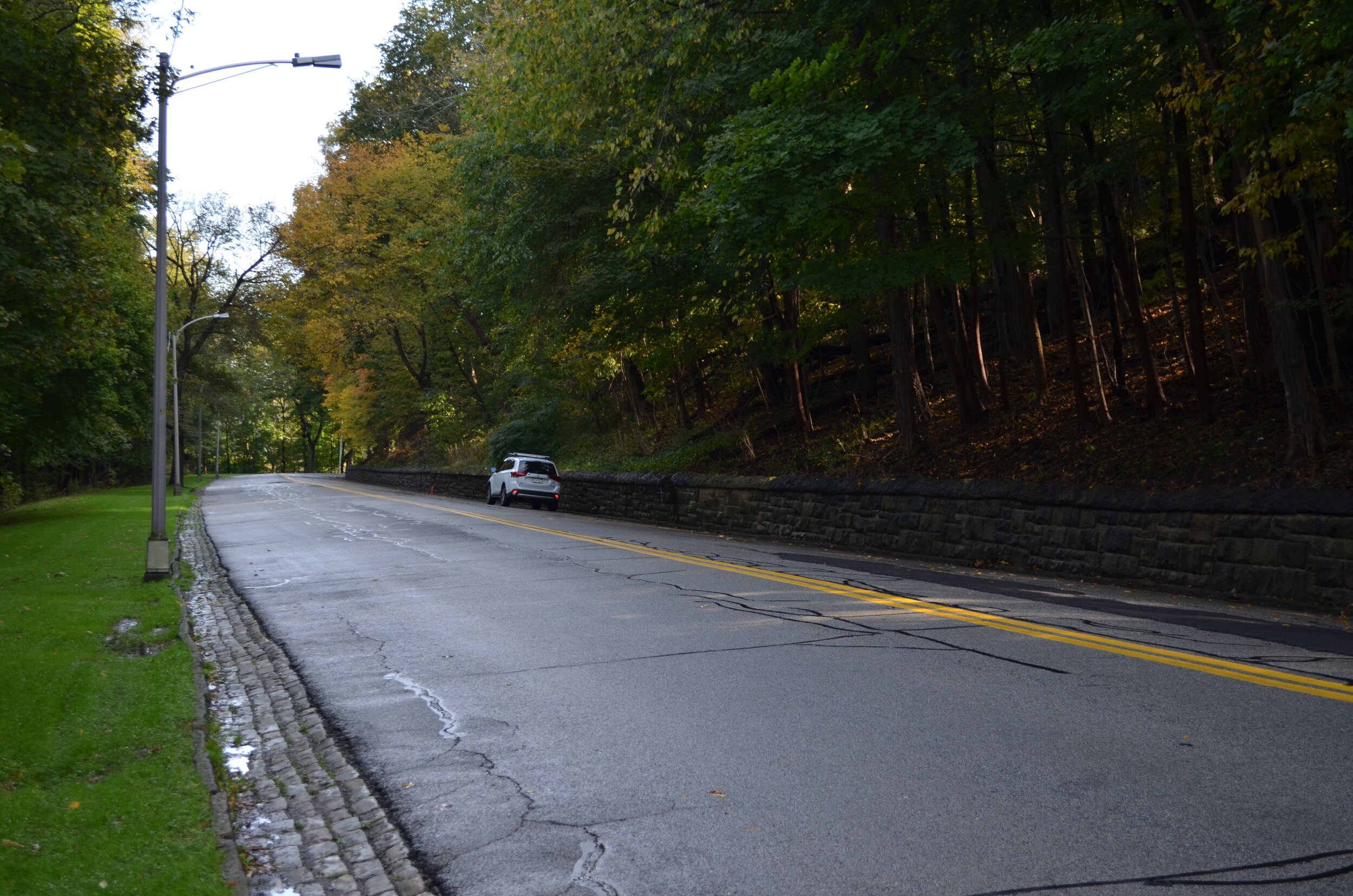The site which is now Highland Park consists largely of land first assembled by the Negley family after the Revolutionary War. Alexander Negley (1734-1809), a German immigrant, moved his family west from Philadelphia in about 1788 and settled on a 300-acre farm, “Fertile Bottom,” on the banks of the Allegheny River. His son, Jacob Negley, expanded the family’s holdings to about 1500 acres. During the 19th century, Jacob sold off portions of this tract to his descendants and to individual farmers outside of the family, resulting in a patchwork of small farms by the time of the Civil War.
Edward Manning Bigelow, a city engineer, visited the Highland and Brilliant reservoirs with City Controller E. S. Morrow and, according to an account in his obituary, conceived the idea for Highland Park. Bigelow had joined the Department of Public Works as a surveyor in 1880 and went on the become its director in 1889, a position he used aggressively to bring his vision of a park system for Pittsburgh to fruition.
With Morrow’s support, in 1889, Bigelow persuaded City Council to set aside 46 acres of City-owned property around the Highland Reservoir and another reservoir on Herron Hill, about five miles west in the Hill District, as parkland and to authorize the Department of Public Works to add to and improve them. He then set about acquiring additional land to expand Highland Park by negotiating with some 120 individual property owners over 15 years.
In his annual reports, Bigelow credited Francis Xavier Berthold Froesch (1867-ca. 1920) with the design of Highland Park. Froesch was a German-born landscape designer who lived in the nearby neighborhood of Morningside. Froesch worked on the 1893 World Columbian Exposition, and in 1912 designed the landscape for Rea House, now part of Chatham University’s campus.
As a result of our efforts, Highland Park was listed on the National Register of Historic Places in November 2019.
